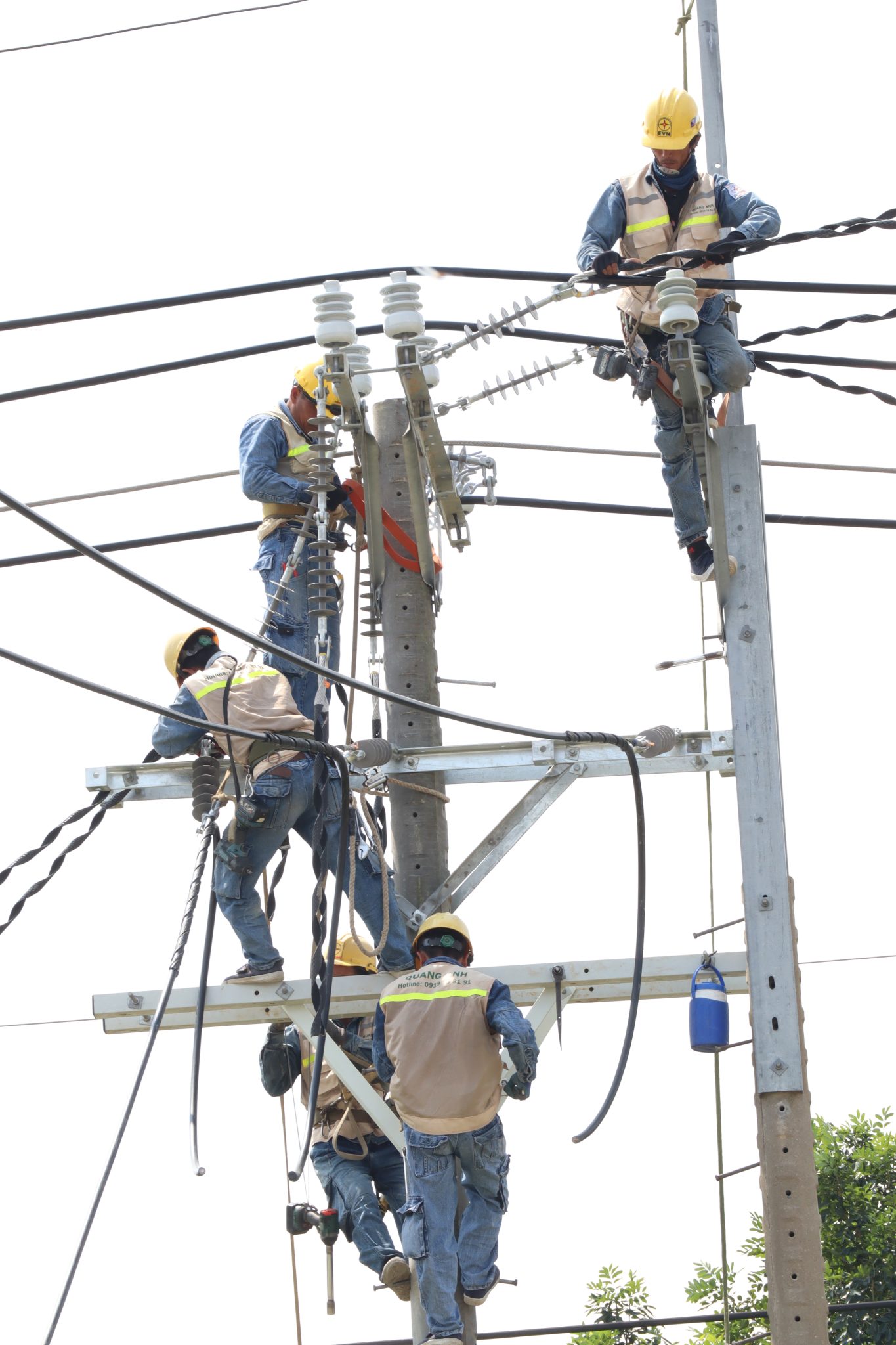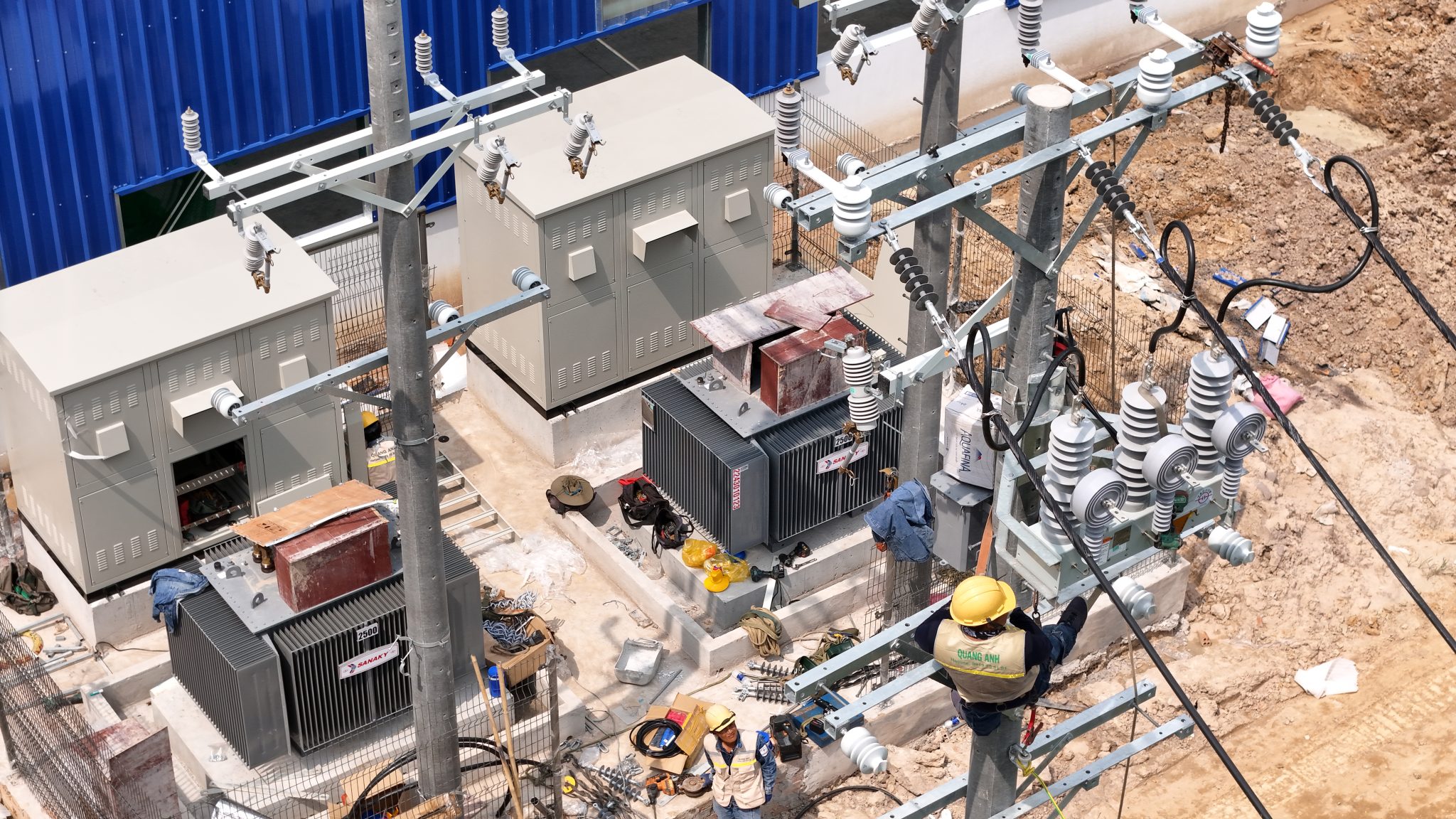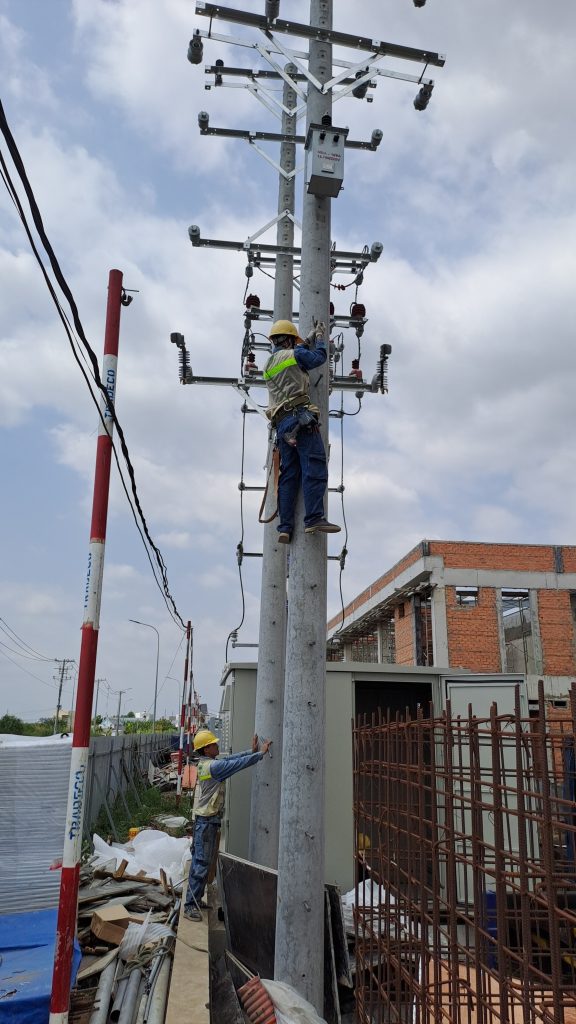News
Solar Power Installation Quote 2025: Detailed Information and Cost Updates
Update on quotes and factors affecting solar power systems rooftop installation costs in 2025, to effectively and optimally guide investment.
Region-specific solar power generation pricing framework
The Ministry of Industry and Trade has announced the solar power generation pricing framework for 2025, providing profit potential for solar power system installation facilities. In each region, electricity generation prices vary to suit the climate conditions and energy extraction potential of each area. For example, the floating solar power price in the North is 1,685.8 VND/kWh, while in the South it is only 1,228.2 VND/kWh. This not only directly affects income from electricity sales but also impacts the entire long-term investment and development strategy for solar energy companies.
The latest solar power generation pricing framework in Vietnam announced by the Ministry of Industry and Trade in 2025 marks a significant shift in the renewable energy sector. With decision No. 988/QĐ-BCT, this framework is detailed by type and regional conditions to optimize exploitation and investment efficiency.
Classification of solar power prices by region
The solar power rates are divided as follows:
- Ground-mounted solar without storage: 1,382.7 VND/kWh in the North, 1,107.1 VND/kWh in the Central, and 1,012.0 VND/kWh in the South.
- Floating solar without storage: 1,685.8 VND/kWh in the North, 1,336.1 VND/kWh in the Central, and 1,228.2 VND/kWh in the South.
- Ground-mounted solar with battery storage: 1,571.98 VND/kWh in the North, 1,257.05 VND/kWh in the Central, and 1,149.86 VND/kWh in the South.
- Floating solar with battery storage: 1,876.57 VND/kWh in the North, 1,487.18 VND/kWh in the Central, and 1,367.13 VND/kWh in the South.
Solar energy storage and energy policy
The battery storage system must achieve a minimum storage capacity that accounts for 10% of the solar power plant’s capacity, with a discharge time of at least 2 hours, and an energy charge proportion of 5% of total output. This regulation ensures the stability and security of the electricity grid.
This pricing framework not only reflects modern energy policies as per Circular 09 of the Ministry of Industry and Trade but also acknowledges the contributions of Vietnam Electricity (EVN) in promoting the solar energy sector. Adjusting solar power prices based on the potential and conditions of each area has created clear regional price differentiation, especially comparing floating solar power projects to ground-mounted ones.
This is a critical factor supporting businesses like Sanaky, ABB, Mitsubishi… in making reasonable investment strategies as renewable energy becomes increasingly essential in Vietnam’s economy.

Residential rooftop solar installation costs
The cost of residential rooftop solar power system installation depends on many factors such as system capacity, installation location, and building structure. In 2025, the cost of a 3 kWp system ranges from 40 to 45 million VND and can exceed 140 million VND for a 15 kWp system. Larger systems usually offer lower average cost advantages, thanks to their scale and effective space utilization.
Solar power systems provide a sustainable green energy solution for many individuals and businesses in Vietnam. In the context of rapidly increasing renewable energy demand, installing rooftop solar power is a smart choice.
Rooftop solar installation depends on system capacity. Specifically, consider the cost chart for installation based on design capacity:
- 1 kWp: 2-3 panels, generating about 120-150 kWh per month, costing from 10-15 million VND.
- 3 kWp: with 6-7 panels, output around 360 kWh per month, priced from 30-45 million VND.
- 5 kWp: with 10-12 panels, producing 600 kWh, cost ranging from 47-65 million VND.
- 8 kWp: approximately 14 panels, generating about 960 kWh, estimated cost around 75 million VND.
- 10 kWp: with 23 panels, output 1,200 kWh, priced from 95-110 million VND.
- 15 kWp: about 34 panels, producing 1,800 kWh, price from 135-145 million VND.
An important factor when installing a solar power system is the component costs of the system:
- Solar panels: account for about 60% of total costs and greatly affect the system’s performance and durability.
- Grid-tie Inverter (inverter): accounts for about 20% of costs and is the main component in controlling energy flow.
- Mounting racks: accounts for an additional 10% of costs, playing a backbone role in installation.
- Other accessory combinations and construction costs account for about 10% of total costs.
Roof area is also a determining factor in capacity efficiency. A 1 kWp system requires about 6-8 m² and produces 4-5 kWh of electricity/day depending on installation location conditions.
The annual maintenance cost of the entire system is quite suitable, only accounting for about 1 million VND, especially for household systems.
Optimal effectiveness lies not only in technical provisions but is also manifested in the payback period. On average, it only takes 3-4 years, an attractive timeframe for businesses investing in the clean energy future.
With thoroughly analyzed factors, clearly, investing in rooftop solar installation is a sustainable and cost-effective long-term solution.

Factors influencing solar power system installation costs
Factors influencing solar power system installation costs
Many factors directly influence the cost of installing a solar power system, such as locations with strong sunlight, complex roof structures, or premium materials. Larger systems often help save overall costs, but small factors like construction methods and equipment quality can significantly increase prices. To make informed decisions, a careful assessment of the current roof conditions and system performance requirements is needed.
- System capacity
The capacity of the solar power system is the main factor affecting installation costs. Choosing a system with greater capacity requires more panels and auxiliary equipment, such as inverters, mounting racks, and wiring systems. This leads to higher costs compared to a smaller capacity system. However, the capacity choice must be suitable for the unit’s electricity needs to optimize initial investments. - Geographical location and sunlight conditions
Geographical location strongly influences the level of solar radiation the power system can absorb. In areas with low sunlight, a larger system or panels with higher efficiency are needed to ensure sufficient electricity output. These conditions all increase installation costs. Additionally, construction regulations and labor costs vary by area also affect total costs. - Quality of materials and equipment
Choosing quality materials and high-tech equipment such as products from Schneider or ABB can increase costs, but ensure long-term system performance and longevity. The system designed with high standards ensures durability and operational stability, minimizing maintenance and repair costs. - Construction conditions
The roof structure, difficulty of the installation process, such as steep roofs or complex installation locations, all increase the labor and construction time requirements, hence increasing total costs. These factors must be considered when planning the system. - Electricity usage demand and system type
A grid-tied solar power system has lower installation costs due to the absence of storage equipment compared to systems with backup batteries that require additional infrastructure for storage and control. - Electricity price fluctuations and loan interest rates
Electricity price fluctuations affect the cost-saving potential from the solar power system. When electricity prices are high, the system offers greater economic benefits. Conversely, high loan interest rates will increase the financial cost of the project and extend the payback period.

Installing a solar power system in 2025 not only provides benefits in reducing electricity costs but also creates opportunities for profit from feeding electricity into the grid. Understanding the pricing framework and cost factors is the foundation for effective investment and exploitation strategy.
Contact QuangAnhcons for detailed advice on installing a solar power system: +84 9 1975 8191.
QuangAnhcons specializes in providing precise and efficient solar power system installation services, ensuring customers receive cost-saving solutions and optimized investment benefits.

 Tiếng Việt
Tiếng Việt 简体中文
简体中文 Deutsch
Deutsch 日本語
日本語 한국어
한국어 ไทย
ไทย Русский
Русский Français
Français
